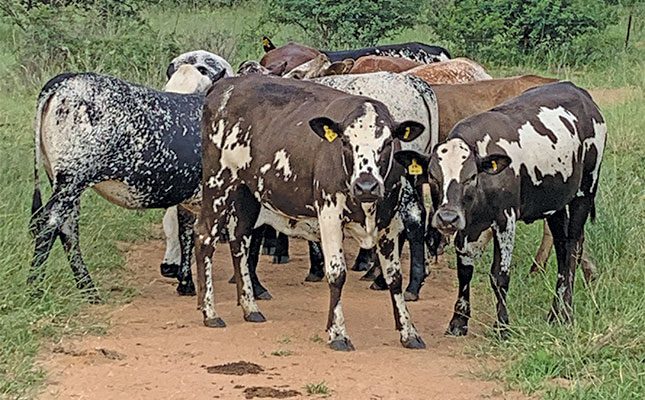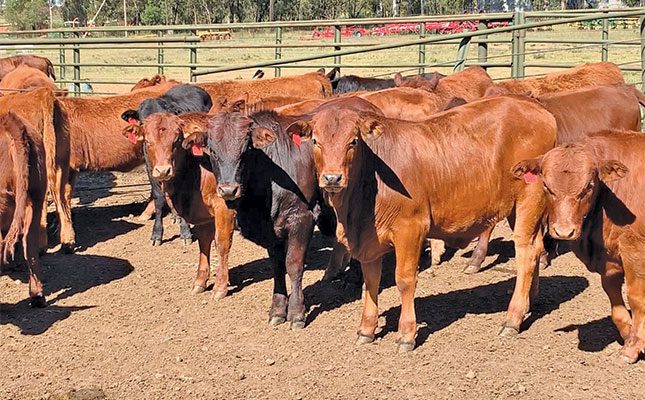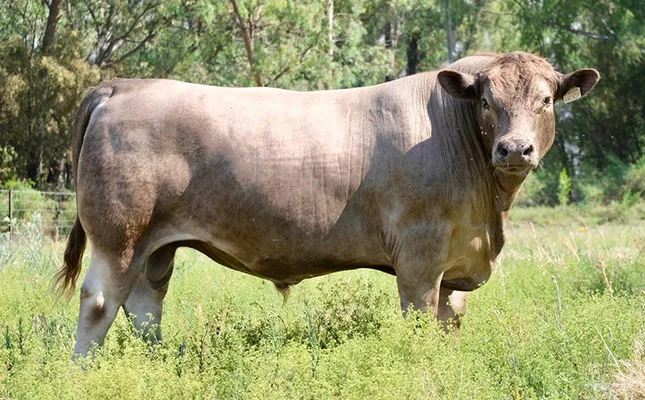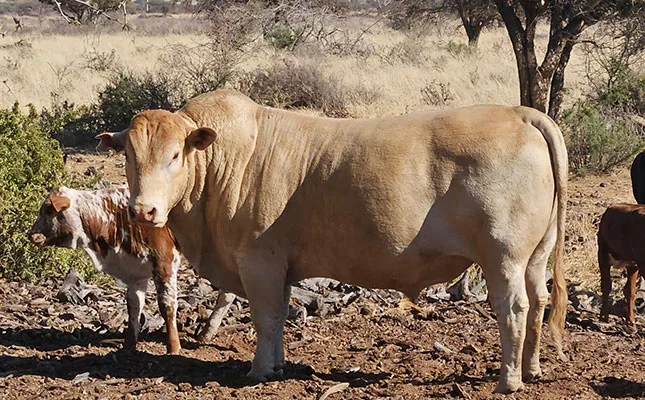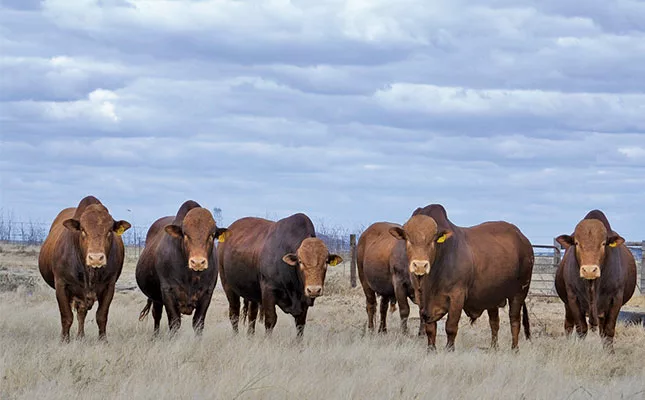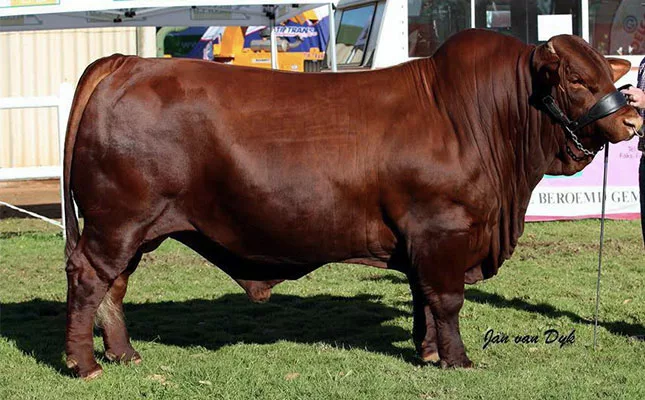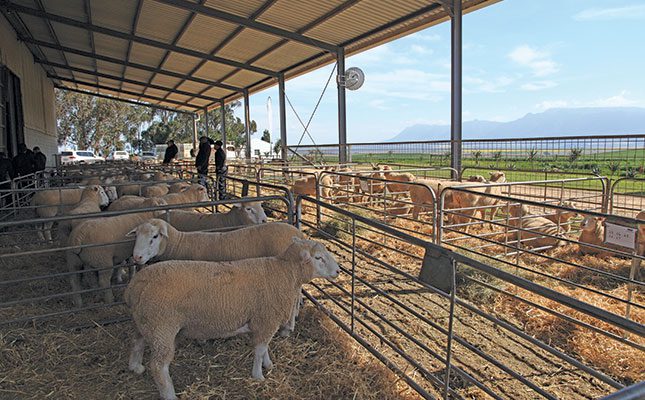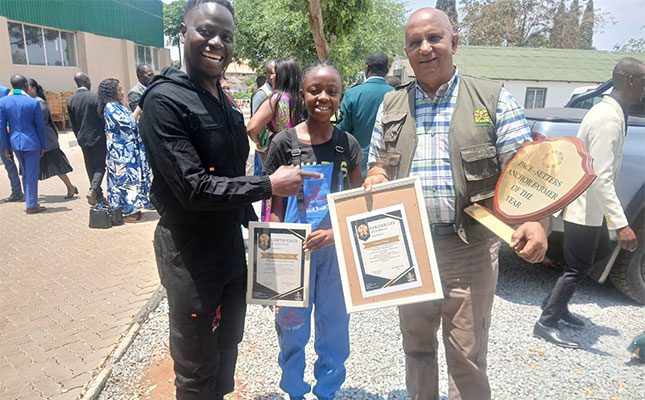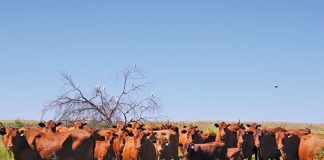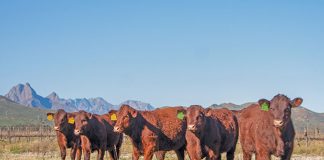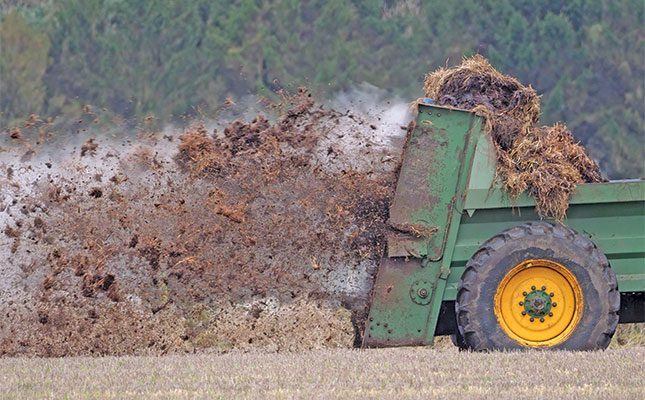
Photo: Pete/Pixabay
Optimising nutrient circularity in cattle farming operations has become essential for achieving profitability and sustainability.
According to Ernest Makua, livestock technical adviser at Red Meat Industry Services (RMIS), this approach highlights the importance of recycling nutrients within farming systems, ultimately lowering farmers’ costs and improving the environmental stewardship.
Nutrient circularity revolves around creating a closed-loop system where farm by-products, such as manure, are recycled back into the soil to nourish pastures. This practice minimises reliance on synthetic fertilisers, promoting environmental health.
“Farmers have a valuable resource in the manure being constantly produced by their livestock, which is rich in nitrogen, phosphorus, and potassium. Using this resource to fertilise pastures can save significantly on chemical fertilisers, which are both costly and potentially harmful to the environment if overused,” explains Makua.
Across South Africa’s diverse ecological regions, the impact of manure on soil health and pasture productivity can be substantial.
“In areas with high rainfall, you often find more sour grasses, while lower-rainfall regions support sweeter grasses. Both types play distinct roles in nutrient recycling, but they benefit equally from natural fertilisation through manure, helping farmers grow resilient pastures suited to their local environment,” explains Makua.
Economic benefits
One of the primary advantages of nutrient circularity is the financial savings it offers cattle farmers. By repurposing manure, farmers can avoid the expense of purchasing chemical fertilisers.
“Instead of spending hard-earned money on synthetic fertilisers, farmers can turn to what their cattle produce naturally,” he says.
This shift not only reduces operational costs but also contributes to the long-term health of the soil, essential for sustained productivity. Furthermore, adopting nutrient recycling practices aligns with the principles of climate-smart agriculture.
“By following these practices, cattle farmers aren’t just meeting the needs of their communities; they’re actively caring for the environment,” he says.
This approach fosters food production that is mindful of natural resource management, paving the way for a more sustainable future.
RMIS plays a vital role in promoting nutrient circularity among South African farmers. Through educational webinars and resources, the organisation aims to equip farmers with the knowledge and tools necessary to implement these practices effectively.
“Our mission is to ensure cattle farmers across South Africa have the information and support to adopt nutrient circularity on their farms, optimising both their yields and ecological footprint,” explains Makua.
Farmers who embrace nutrient recycling are also positioned to achieve significant environmental benefits. By reducing synthetic fertiliser run-off, these practices can lead to improved water quality and reduced greenhouse gas (GHG) emissions.
“Achieving circularity requires adaptation to local climates and available resources. Each farm has unique needs based on its geography and climate. What works in one region may need adjustments in another, but the principles of nutrient circularity remain the same,” he adds.
Implementing circular agriculture
Circular agriculture highlights the recycling of on-farm resources, offering a sustainable approach to livestock farming. This system allows farmers to use manure from their livestock to enrich the soil of pastures, thereby reducing input costs and increasing profitability.
“You can use cattle manure directly on pastures to fertilise the very fields that feed these animals,” he says.
This cycle enables livestock to consume nutrient-rich grasses while farmers save on chemical fertilisers, ultimately improving profit margins.
In a typical circular system, livestock graze on pastures within designated camps, producing milk, meat, and other products for human consumption. Circularity allows farmers to operate with minimal external inputs, making agricultural enterprises more profitable and climate-smart.
“Circular practices are essential for minimising expenses and increasing farm viability,” says Makua.
A central aspect of this model is manure recycling. As animals graze, they produce manure rich in essential nutrients like nitrogen, phosphorus and potassium, which benefit pasture growth.
With this organic fertiliser going back into the soil, there’s no need to purchase chemical alternatives. The nutrient cycle sustains itself, enhancing soil fertility and pasture health,” he explains.
As the pastures become nutrient-dense, livestock are able to graze again, creating a self-sustaining system that reduces GHG emissions while fostering sustainable farm ecosystems.
Global initiative and research efforts
A global initiative called CircAgric-GHG, which is supported by international organisations that include the Norwegian Institute of Bioeconomy Research and Kenya’s International Livestock Research Institute, is promoting circular agriculture to deliver environmental and economic benefits to farmers around the world.
The circular economy model encourages closed nutrient loops, minimising the need for chemical inputs and conserving essential resources.
Research institutions like the University of Pretoria and the University of South Africa have gathered extensive data from both commercial and emerging farmers to assess their familiarity with circular nutrient practices.
“The survey findings reveal that while some farmers actively implement these practices, others remain unaware of the benefits. To bridge this knowledge gap, researchers are encouraging additional practices, including renewable energy use, biosolid recycling, anaerobic digestion, cover crops, and advanced water management systems,” says Makua.
Integrating renewable energy and water management
Renewable energy sources, such as solar panels, can significantly enhance circularity by harnessing natural resources for various on-farm activities. Additionally, organic biosolids are commonly used as soil conditioners, especially among commercial farmers, while anaerobic digestion of organic waste is being explored to further minimise waste.
Cover crops, such as legumes, herbs, and grains, are also gaining traction, providing natural fertilisers and livestock feed while fostering nutrient cycling and reducing dependency on chemical inputs.
According to Makua, the research highlights the importance of improved water management through methods like rainwater harvesting, waste-water reuse, and efficient water use, which is essential for enhancing farm sustainability.
“The integration of these methods across South African farms is expected to improve resource management, enhance profitability, and reduce environmental impacts, making farms more resilient and adaptable to climate challenges,” he explains.
Practices for sustainable farming
In exploring innovative approaches to sustainable farming, various circular practices, such as mixed crop-livestock farming, resource sharing, and high-density grazing, offer promising solutions. These systems enable farmers to maintain nutrient circularity, cut costs, and enhance farm sustainability and profitability.
Mixed crop-livestock farming supports nutrient recycling on farms. By integrating livestock with crops, farmers can allow cattle to graze on crop residues after harvest, effectively fertilising the soil through manure deposits. This enhances soil fertility and enriches it with nutrients like nitrogen, potassium, and calcium, essential for pasture growth.
Cattle grazing crop residue create a natural cycle of nutrient transfer, crucial for soil enrichment and pasture development.
When cattle graze on crop residues after harvest, they fertilise the soil through their manure deposits.Sharing resources
Resource sharing is another vital element of circular agriculture. Farmers often rely on sharing labour and expensive equipment like tractors, which helps reduce operational costs.
When farmers share resources like machinery, they can significantly reduce expenses and maintain essential equipment collectively. This communal approach promotes efficiency and increases profitability while fostering a sense of community among farmers.
According to Makua, water harvesting is still an area under study. Researchers intend to ask farmers about their use of water-harvesting systems, an essential component of circular farming.
“Effective water conservation methods can profoundly impact nutrient retention and resource use on farms, contributing to the overall sustainability of agricultural operations,” he says.
Building resilient food systems
The drive towards circular agriculture is not solely about improving farm profitability, but also about building resilient food systems that support national and global environmental goals.
“Farmers’ efforts in nutrient circularity and sustainable practices represent a significant step forward in advancing South Africa’s agricultural landscape. By reducing environmental impacts while supporting profitable, sustainable farms, the agriculture sector can contribute positively to food security and economic stability,” says Makua.
Nutrient circularity in cattle farming offers a pathway to profitability and resilience, aligning with RMIS’s ongoing efforts to support the livestock industry.
“By leveraging natural nutrient cycles, farmers can build healthier, more productive pastures while reducing their dependency on external inputs. Nutrient circularity is not just a concept; it’s a practical approach that allows farmers to thrive while caring for our planet,” he adds.
As the agricultural landscape evolves, embracing these practices will be essential for fostering sustainability and ensuring the future viability of cattle farming. To achieve this, it is essential for agricultural extension services and organisations to provide targeted training and resources.
“Empowering farmers with knowledge about high-density grazing can lead to transformative changes in their operations. By bridging the information gap, we can enable farmers to adopt sustainable practices that not only improve their bottom line but also contribute to environmental stewardship,” says Makua.
Supportive policy frameworks
A robust policy framework is crucial to facilitate the transition to high-density grazing. Makua says there is a need for government incentives that promote sustainable grazing practices.
“Policies that support farmers in implementing high-density grazing through financial aid or technical assistance will be instrumental in increasing adoption rates,” he explains.
The future of cattle farming in South Africa is intricately linked to sustainable practices like high-density grazing. With the potential for enhanced productivity, healthier livestock, and reduced environmental impact, this method stands out as a viable solution for the challenges facing the industry.
“High-density grazing is not just about improving yields; it’s about creating a sustainable future for agriculture that benefits farmers and consumers,” Makua concludes.
Email Ernest Makua at [email protected].

